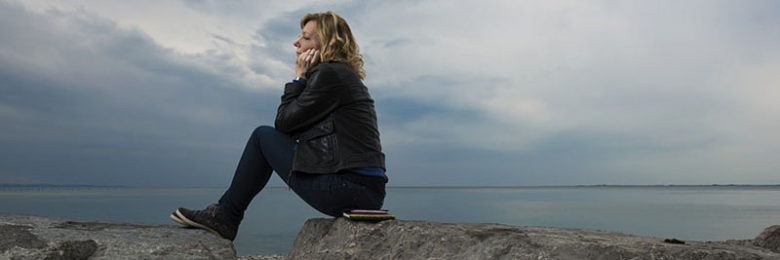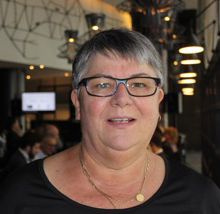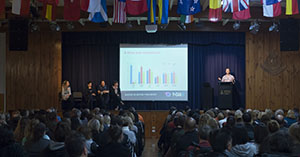By Cheryl Critchley
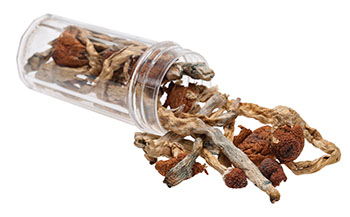 Hallucinogens, such as LSD, were popular with young people during the 1960s and 1970s “flower power” era. While many more drugs have been developed since, LSD is still available in Australia.
Hallucinogens, such as LSD, were popular with young people during the 1960s and 1970s “flower power” era. While many more drugs have been developed since, LSD is still available in Australia.
Hallucinogen use among young people is relatively uncommon; about 3 per cent of Australian high-school students report having tried them.
Also known as “psychedelics”, hallucinogens can make you see, hear, smell, feel or taste things that aren’t really there or are different from reality, hence the word hallucinate. LSD (Lysergic acid diethylamide) is made in a laboratory and in its pure state is a white odourless powder.
It usually comes in squares of gelatine or blotting paper that have been dipped or soaked in LSD and is sometimes sold as a liquid, in a tablet or capsules. LSD is usually swallowed, but it can also be sniffed, injected or smoked. Some plants, such as magic mushrooms, can cause similar hallucinations to chemically produced hallucinogens. Read more



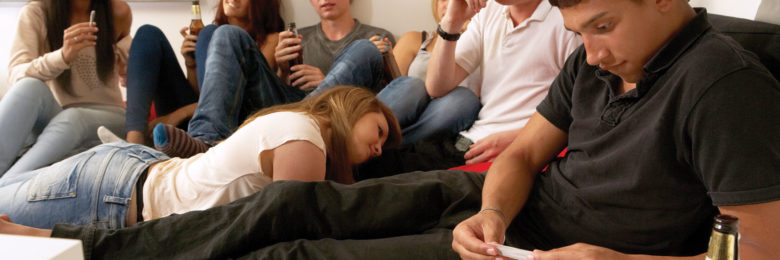
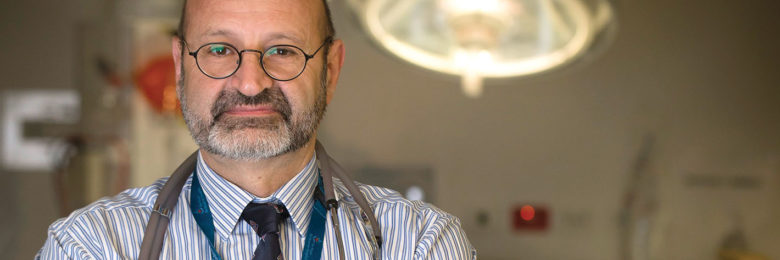
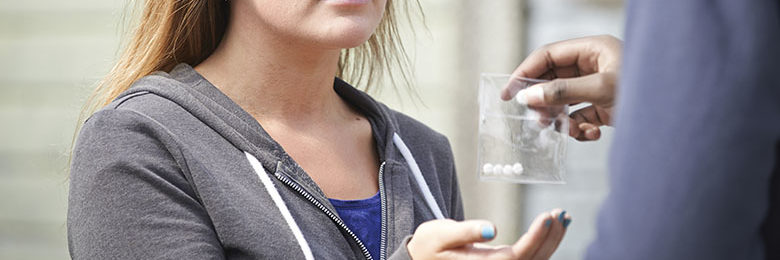
 By Cheryl Critchley
By Cheryl Critchley
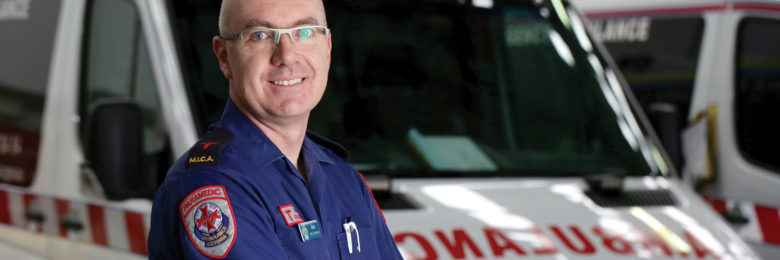
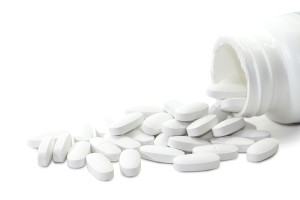 By Cheryl Critchley
By Cheryl Critchley